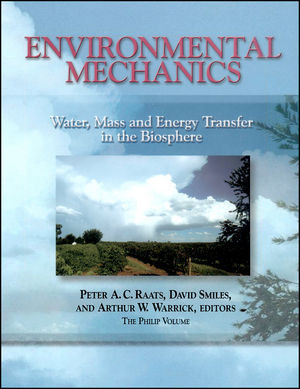

Most ebook files are in PDF format, so you can easily read them using various software such as Foxit Reader or directly on the Google Chrome browser.
Some ebook files are released by publishers in other formats such as .awz, .mobi, .epub, .fb2, etc. You may need to install specific software to read these formats on mobile/PC, such as Calibre.
Please read the tutorial at this link: https://ebookbell.com/faq
We offer FREE conversion to the popular formats you request; however, this may take some time. Therefore, right after payment, please email us, and we will try to provide the service as quickly as possible.
For some exceptional file formats or broken links (if any), please refrain from opening any disputes. Instead, email us first, and we will try to assist within a maximum of 6 hours.
EbookBell Team

4.0
26 reviewsPublished by the American Geophysical Union as part of the Geophysical Monograph Series.
Modern theories of mass and heat transfer in the biosphere, based on notions of a soil-plant-atmosphere thermodynamic continuum focused on water, were generally formulated by the mid-20th century. They tended to be reductionist and flow equations combined macroscopic laws of flow and of material and energy balance. They were difficult to solve because material transfer properties tend to be strongly related to the local concentration of an entity of concern, to the location, or to both. The architecture of the soil and the plant canopy also complicated their formulation, the scale of their application and their test.